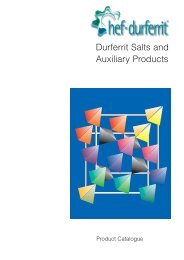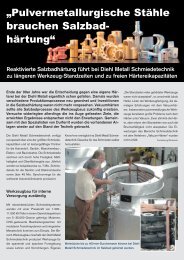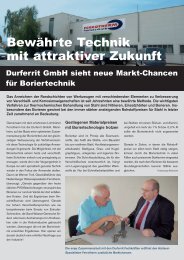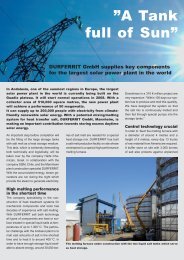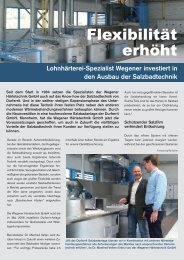TUFFTRIDE®-/QPQ®-PROCESS - Durferrit
TUFFTRIDE®-/QPQ®-PROCESS - Durferrit
TUFFTRIDE®-/QPQ®-PROCESS - Durferrit
Create successful ePaper yourself
Turn your PDF publications into a flip-book with our unique Google optimized e-Paper software.
Fig. 2<br />
Fig. 3<br />
�����������<br />
�������� �� �����<br />
���<br />
���������<br />
����������<br />
����<br />
��� ����<br />
����<br />
����<br />
���<br />
�<br />
��<br />
�<br />
�<br />
��<br />
�<br />
�<br />
�������<br />
�����<br />
�����<br />
��������� ����� �������������� ���<br />
�����<br />
����������������<br />
���<br />
���������<br />
����������<br />
� �������<br />
����<br />
���� ������ �������<br />
������ ��������� �����<br />
����� �����<br />
�������<br />
�����<br />
���������<br />
���������� �� ������� ������� ������<br />
�<br />
�<br />
�<br />
�<br />
�<br />
��<br />
��<br />
�<br />
�<br />
�<br />
�<br />
�<br />
�<br />
�<br />
�<br />
�<br />
�<br />
��<br />
�<br />
����<br />
�����<br />
��<br />
��<br />
�<br />
�<br />
������<br />
�������<br />
�����<br />
�����<br />
��������<br />
�������<br />
�����<br />
�����<br />
� ��� � ������ � ������<br />
� ������� � ����������� � � ����������� �<br />
� �������� � ��������� � � �������<br />
This complete process sequence is shown in Fig. 2 and<br />
is in fact the QPQ ® process. QPQ ® comprises<br />
TUFFTRIDE ® treatment with oxidative cooling, mechanical<br />
processing and oxidative post treatment in a salt<br />
melt.<br />
���<br />
���������<br />
�<br />
�<br />
�<br />
�<br />
���� ���������<br />
��������<br />
�������<br />
�����<br />
�����<br />
Composition and<br />
thickness of the<br />
nitride layer<br />
Compound layer<br />
During salt bath nitrocarburizing by<br />
the TUFFTRIDE ® process a nitrocarburized<br />
layer is formed consisting<br />
of the outer compound layer (ε -<br />
iron nitride) and the diffusion layer<br />
thereunder. The formation, microstructure<br />
and properties of the<br />
compound layer are determined by<br />
the base material.<br />
The compound layer consists of<br />
compounds of iron, nitrogen, carbon<br />
and oxygen. Due to its<br />
microstructure, the compound<br />
layer does not possess metallic<br />
properties. It is particularly resistant<br />
to wear, seizure and corrosion,<br />
as well as being stable<br />
almost to the temperature at<br />
which it was formed. Compared<br />
with plasma or gas nitrocarburizing,<br />
compound layers with the<br />
highest nitrogen content can be<br />
obtained by the TUFFTRIDE ®<br />
process. Layers with a high nitrogen<br />
content give better protection<br />
against wear, and in particular<br />
corrosion, than those with a low<br />
content.<br />
Depending on the material used,<br />
the compound layer will have a<br />
Vickers hardness of about 800 to<br />
1500 HV. Fig. 3 shows a comparison<br />
of the surface layers produced<br />
by various processes and their<br />
hardness.<br />
3



